Home of The Great Battle.
Anghiari is rated as one of the most beautiful villages in Italy – “Uno dei borghi più belli d’Italia”
‘Anghiari, the bastion of Tuscany, made of walls and stones, but built from the heart. reinforced in spirit when the Lily became the symbol of the town showing loyalty to Florence and Tuscany. A corner of Valtiberina which has produced men of adventure, literature, engineers, republicans, all pushed by different ideas but united by fraternal love of their homeland, the land of Anghiari.’
Gabriele Mazzi, Editor of Anghiari, the Town of the Battle.
The gorgeous town of Anghiari is found in Valtiberina Toscana, which borders the Umbria, Marche and Romagna territories.
I had often heard of Anghiari but never visited the town until I visited the Busatti factory. Driving towards the town, about 30km from Arezzo, the landscape started to change and I was blessed with views of lush fields speckled with red poppies, roads lined with blooming acacias blowing in the gentle breeze, and a bright blue, cloudless sky. As I arrived in town, I turned into the main central street, Corso Giacomo Matteotti, and the view below took my breath away. A long, dead-straight road running directly through the town, down the hill and stretching out across the valley below.
Commonly referred to as a small medieval jewel, Anghiari is set on a hill made of stone built up over the centuries with the Tiber River at its feet. A characteristic medieval village enclosed in massive 13th-century walls, the town is preserved perfectly and I couldn’t help but stop to take photos of the many doorways adorned with fresh flowers planted in terracotta pots and the narrow winding streets that are enveloped in history.
During the Middle Ages, thanks to its strategical position, Anghiari played an important role that would set its name in history when it was the location for the famous Battle of Anghiari. On the 29th of June, 1440, Florentine troops, supported by the Pope, fought against the Milanese army which had recently conquered San Sepolcro (the neighbouring town) and wanted to expand the possessions of the Duke of Milan in Tuscany. The two armies led respectively by Michelotto Attendolo and Giampaolo Orsini and by the famous Niccolò Piccinino, faced each other in the valley below Anghiari (still known today as the “the valley of the battle”). At the end of the day, the Florentine army was victorious which proved crucial to the history of this area of Tuscany as the Duke of Milan abandoned the area after his defeat and the Florentines were able to take advantage and fortify their dominion in the area.
The Museo della Battaglia e di Anghiari, situated in Palazzo Marzocco, offers the chance to get to know the history of the battle and the art that linked Leonardo to this town. The Museum of the Battle has an excellent miniature model which demonstrates the formations of the different armies and illustrates perfectly the position below the town above.
The victory of the Battle of Anghiari was extremely important for Florentines and in 1503 they decided to celebrate their victory by commissioning Leonardo da Vinci to paint a fresco to decorate the main room in Palazzo della Signoria, today known as Palazzo Vecchio.
Leonardo proceeded to design a large fresco depicting the battle that would be placed on the right wall in the present Hall of the Five Hundred (Salone del Cinquecento).
Leonardo decided to paint the fresco using the encaustic painting technique which is also known as hot wax painting. This technique uses heated beeswax to which coloured pigments are added. Unfortunately, the procedure didn’t have the expected result: the heat couldn’t be spread out evenly over the fresco and, probably because of its large dimensions, the artwork was irreparably damaged. Even so, the fresco of the Battle of Anghiari remained visible for several years and many painters, such as Rubens, reproduced it. Thanks to these copies there is evidence of the grandeur of this magnificent work by Leonardo which was eventually replaced after the Hall’s transformation carried out by Vasari between 1555 and 1572.
Even though the legendary fresco depicting the “Battle of Anghiari” by Leonardo da Vinci was, unfortunately, lost shortly after it was painted, many people think that Leonardo’s fresco is still there in the Hall of Five Hundred underneath the modern paintings but surveys so far have found no concrete evidence.
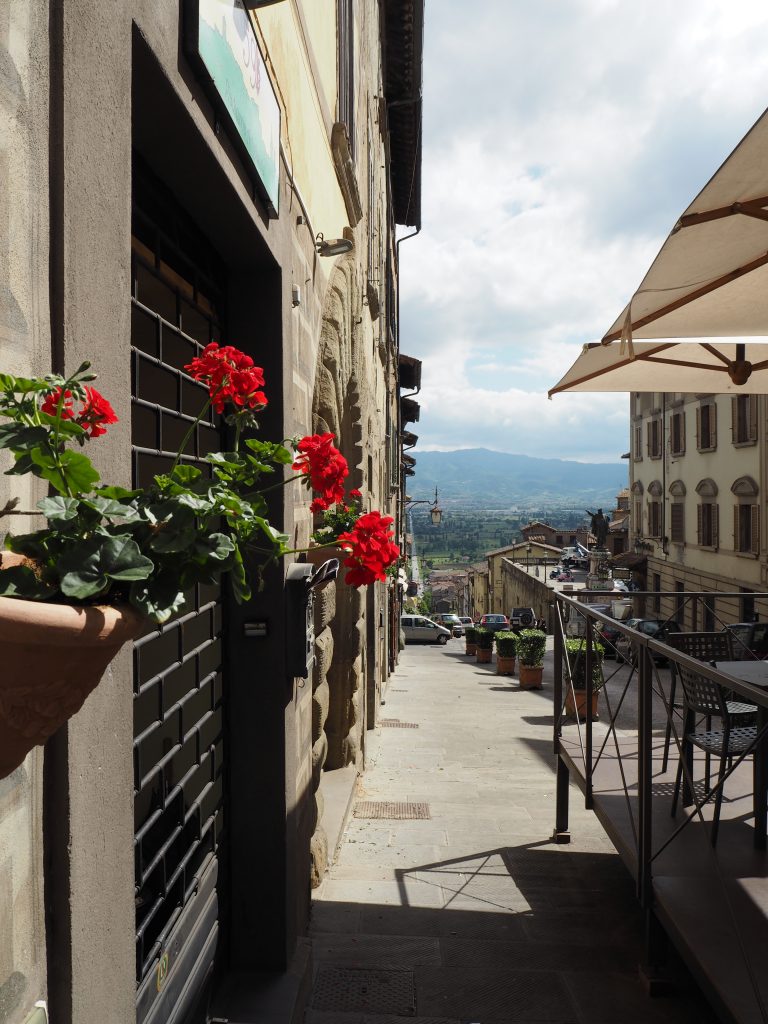
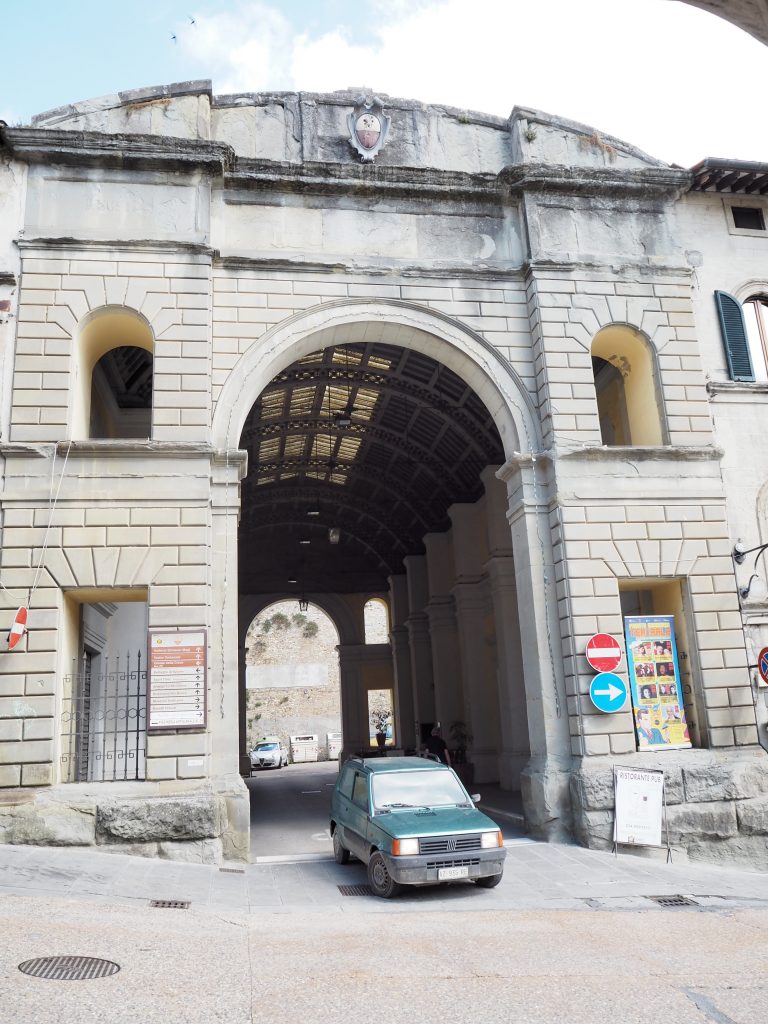
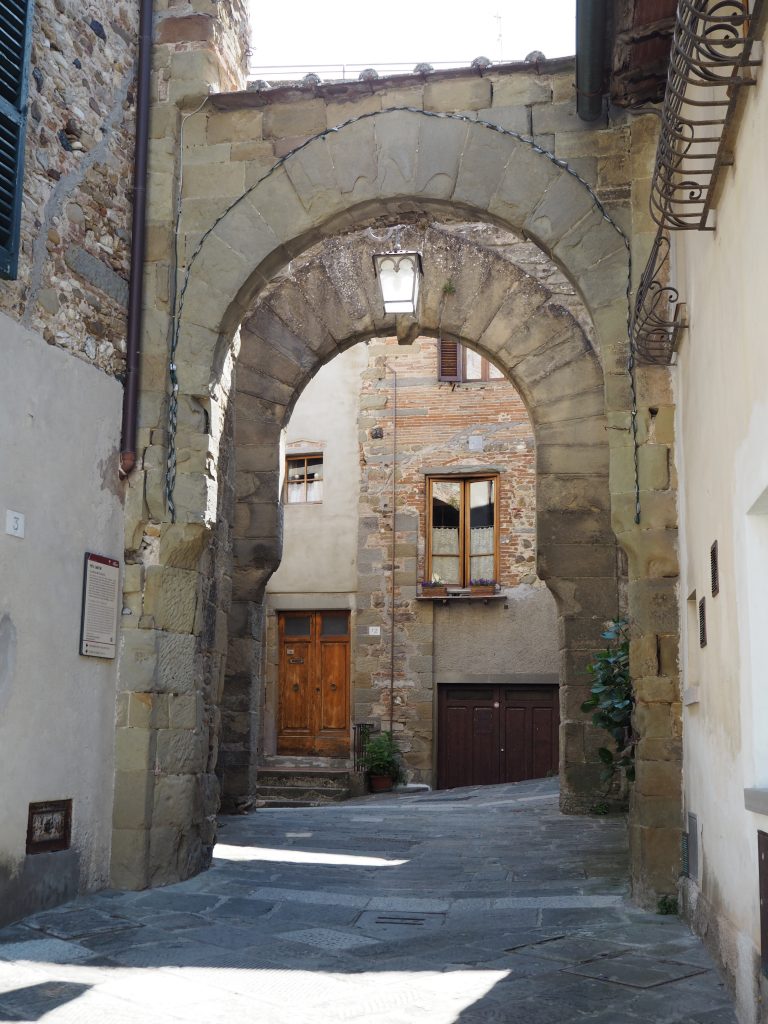
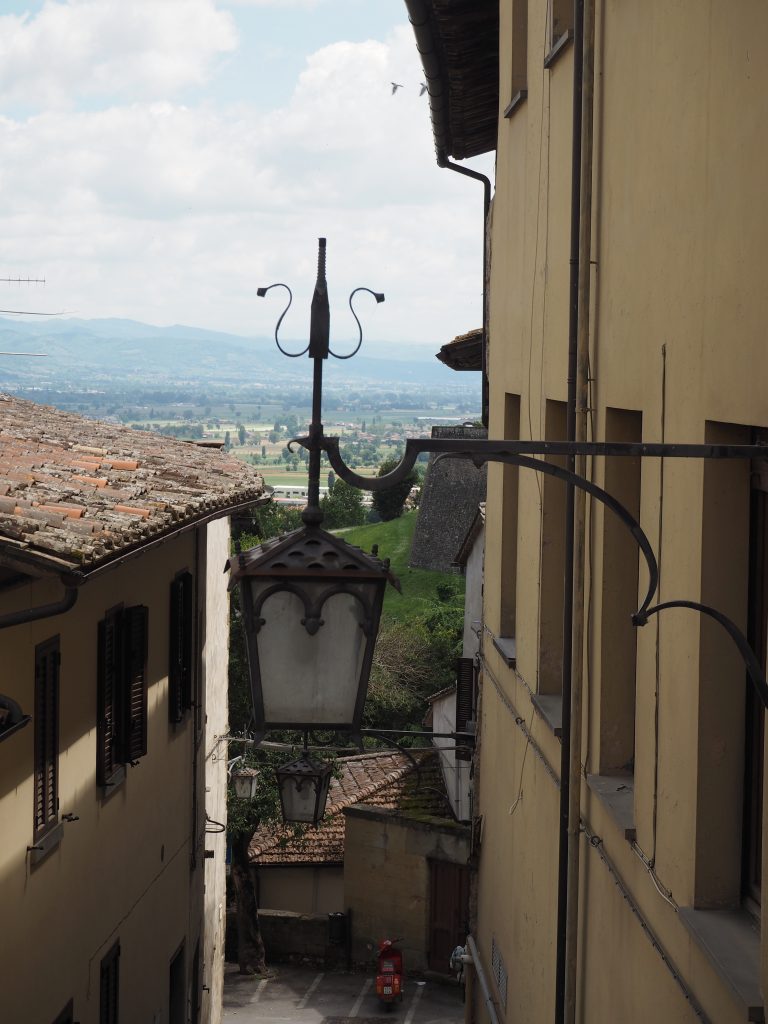
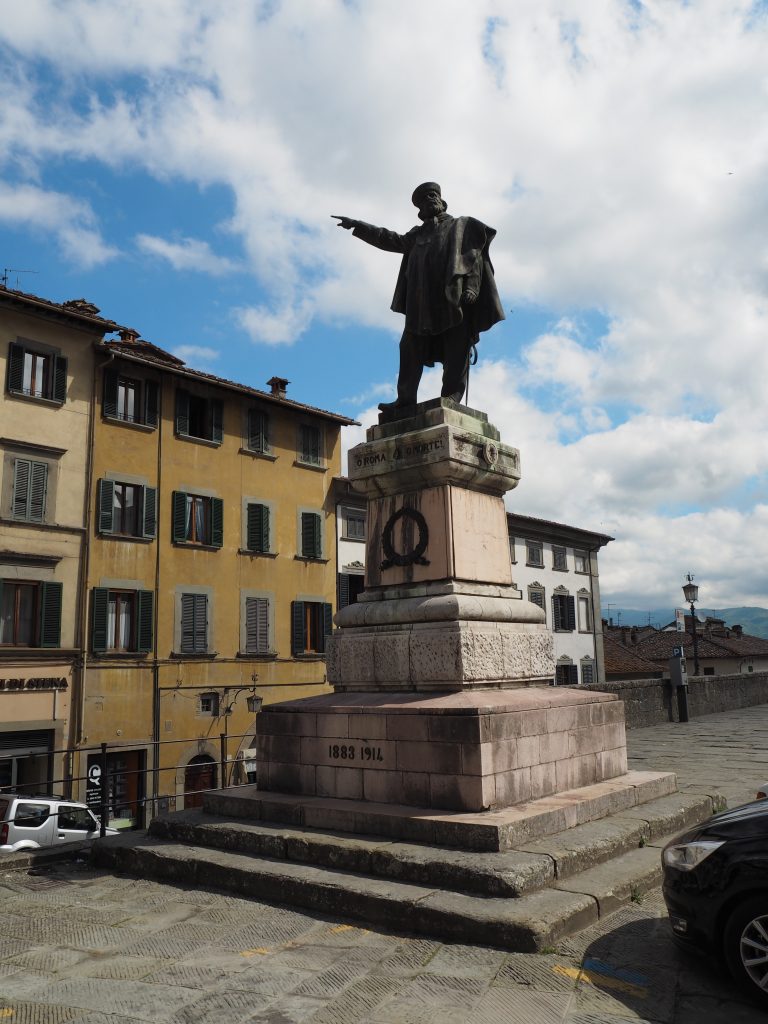
The Statue of Garibaldi by sculptor Pietro Guerri in Piazza Baldaccio Bruni.
Anghiari isn’t one of the most popular or typical towns that people visit when they come to Tuscany and maybe because of this, it seems to be a bit special. Getting there is one of the most scenic drives you can take, and as it is only one and a half hours drive from Florence, I would highly suggest adding Anghiari it to your list of must-see places when you next visit.

The articles on Busatti and Anghiari are from my June 2017 issue of This Tuscan Life. You can grab the back issue here :
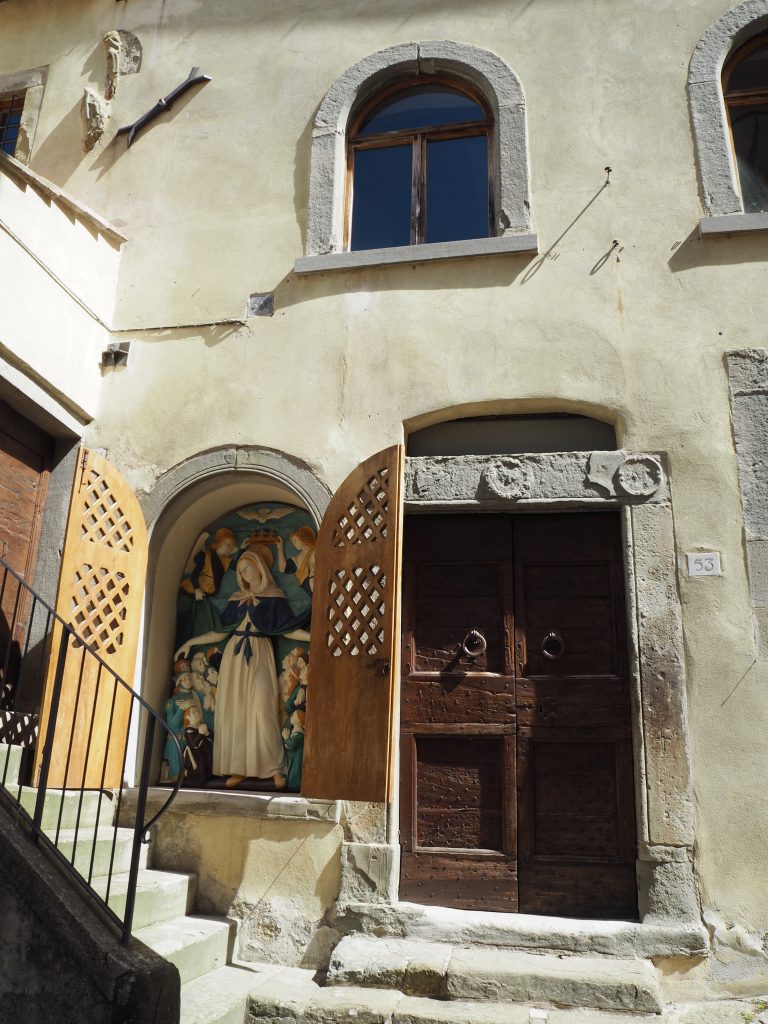
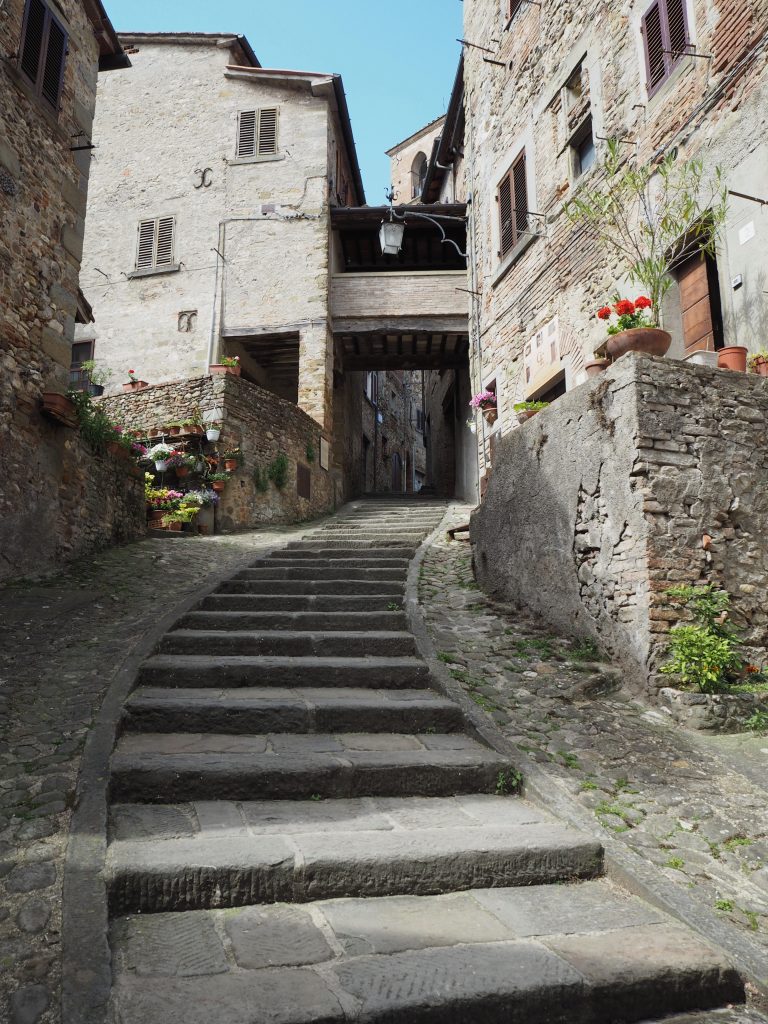
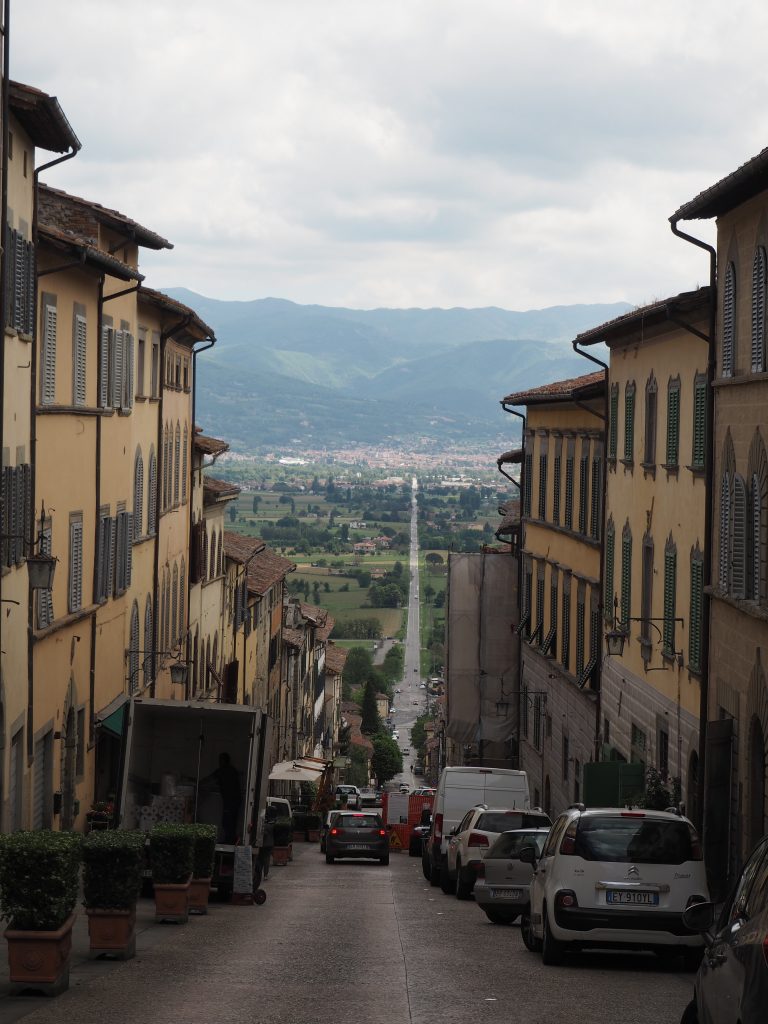

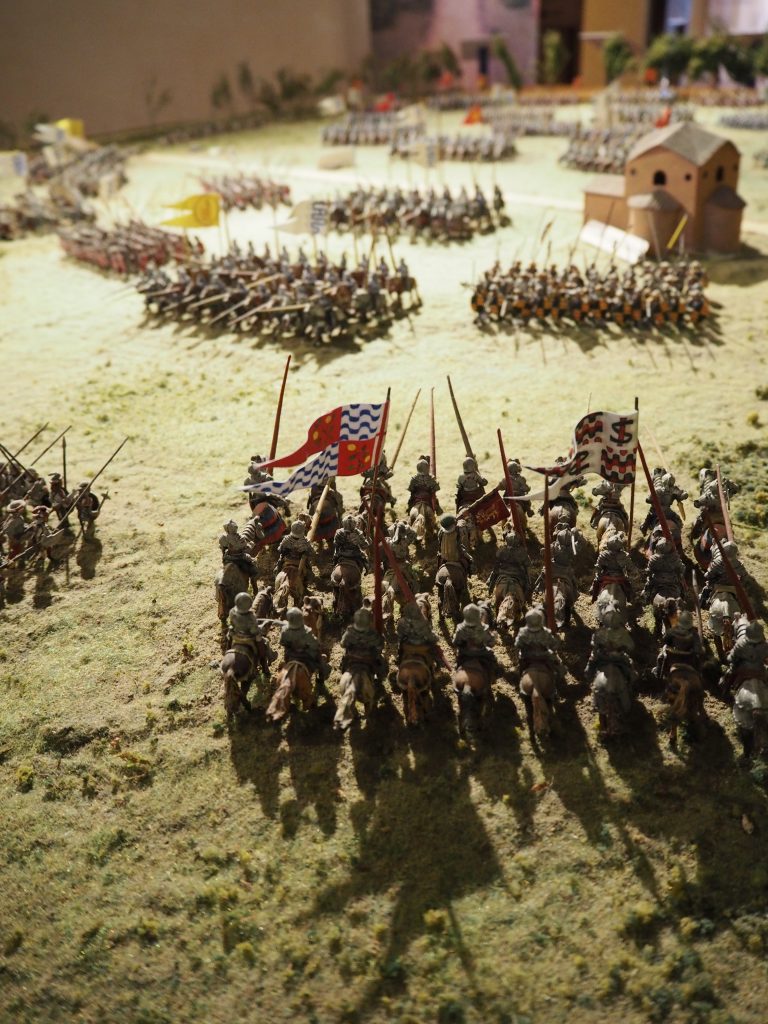
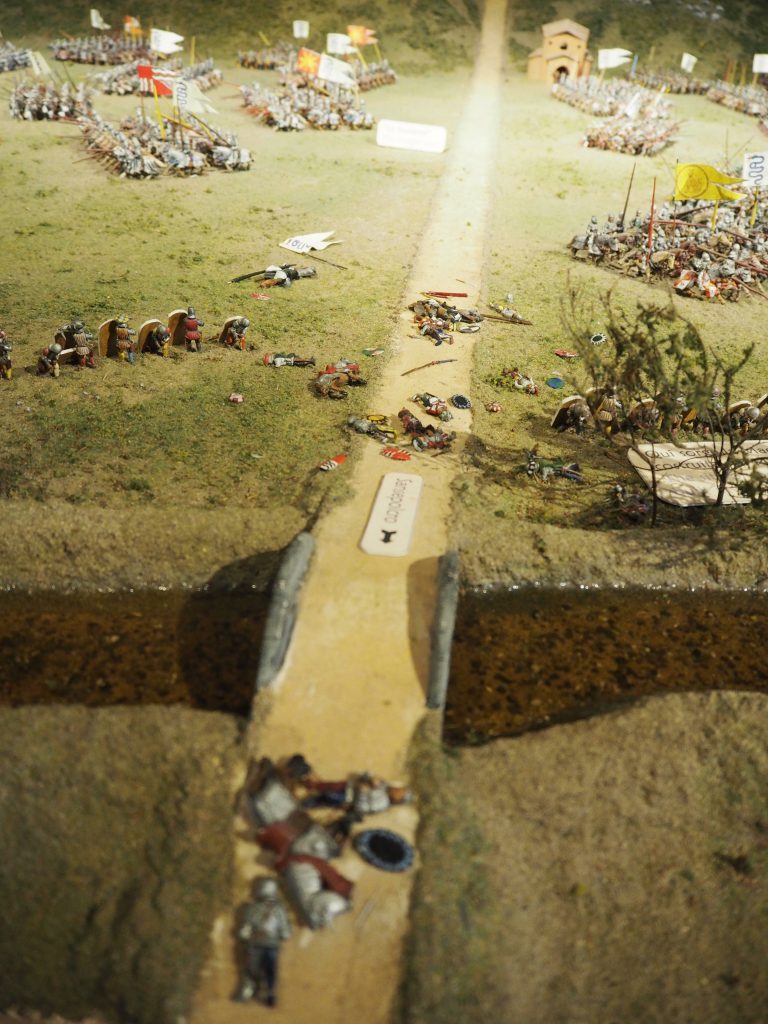
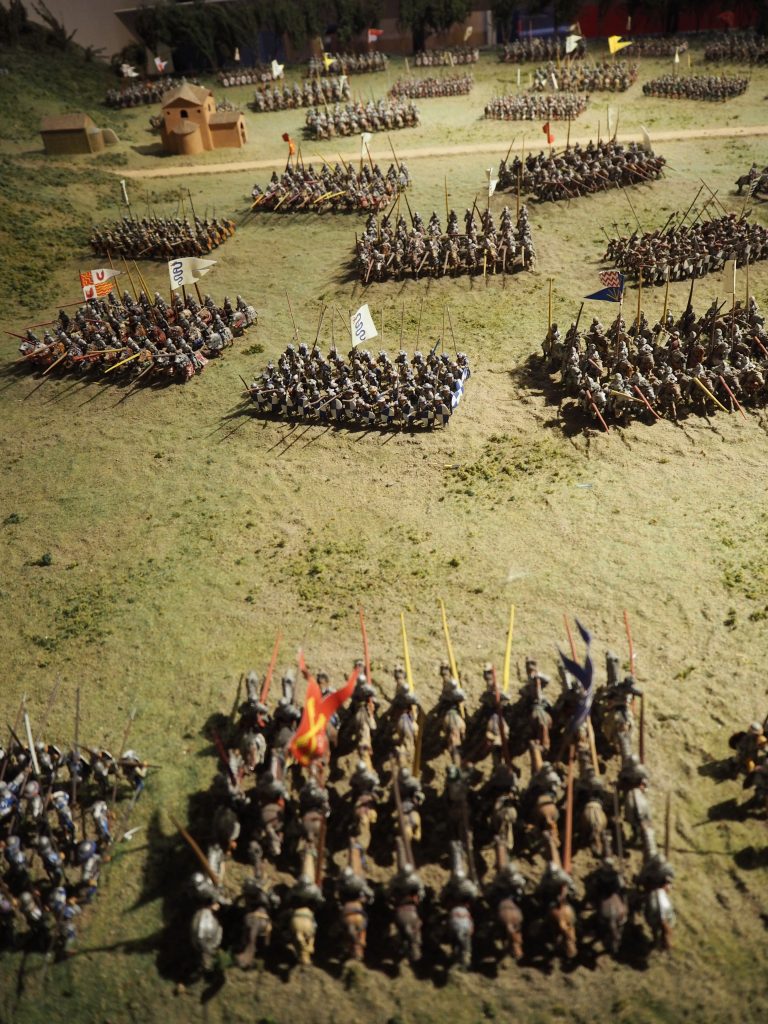
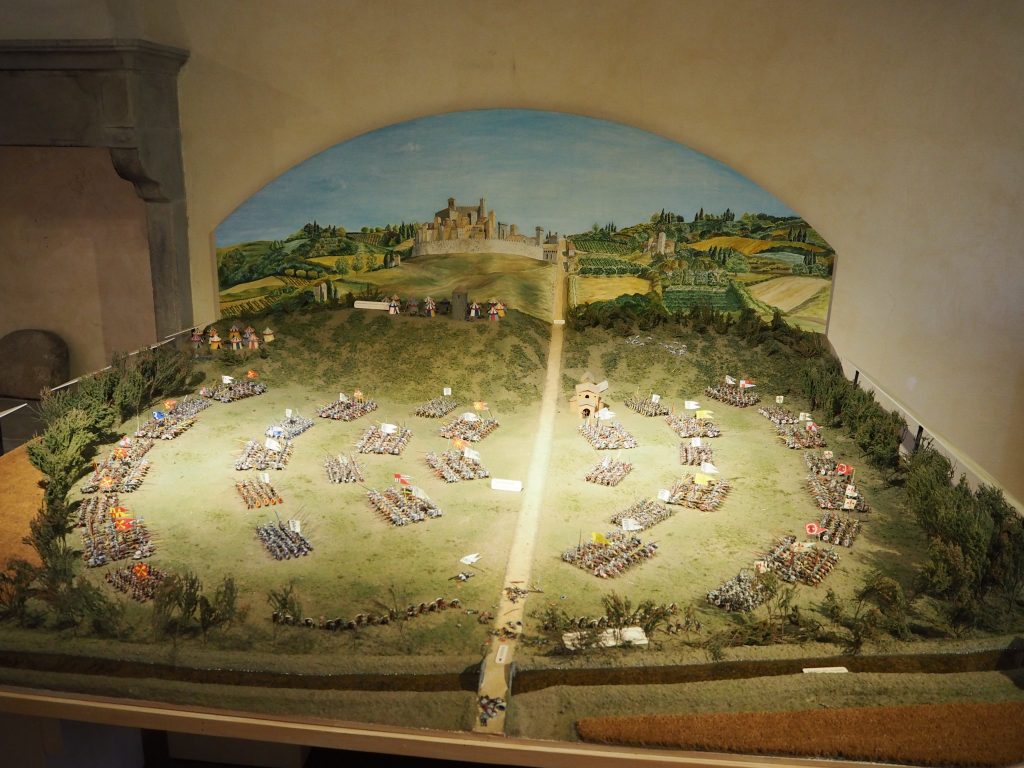
+ show Comments
- Hide Comments
add a comment